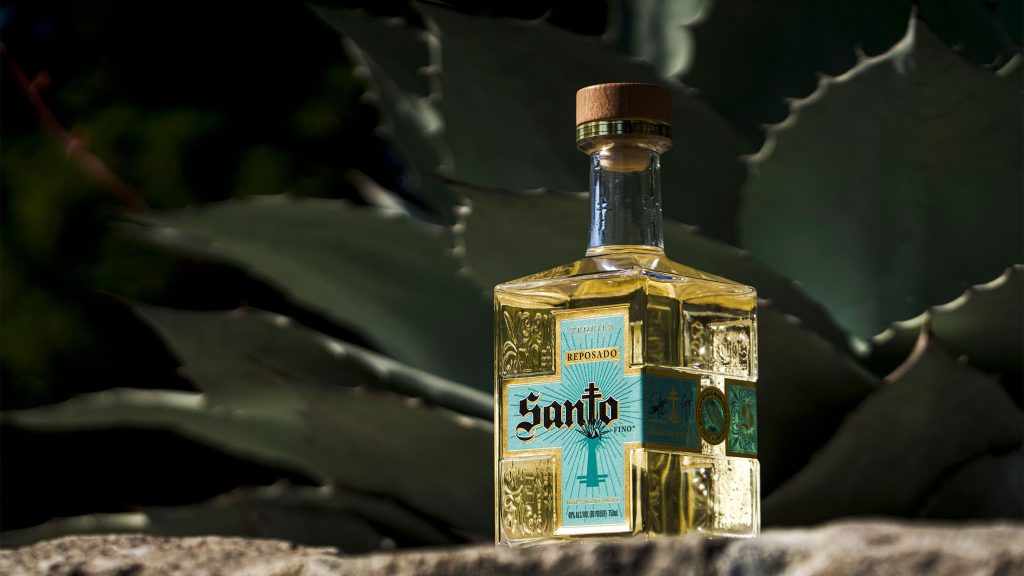5 Different Types of Water: Which One Is the Healthiest?
You know all about the importance of staying hydrated. But have you considered the fact that not all drinking water is created equal?
First, having access to clean water is a privilege, especially when considering events like the Flint water crisis, when the water supply system in the city of Flint, Michigan was contaminated with lead, exposing residents to all sorts of dangers.
But if you are lucky to live in an area where you can safely drink tap water, you may still be wondering whether there are any health benefits to getting a fancy water filter or switching to bottled water. From alkaline water to spring water, there are many options out there, which can be confusing. Not to mention the environmental impact of plastic water bottles.
RELATED: 5 Helpful Ways to Think About Hydration
With so many factors to consider when it comes to the source of your H2O consumption, here’s what you need to know about the different types of water and their pros and cons.
The Different Types of Water
Tap Water
Tap water is subject to rigorous safety standards. Many countries have strict regulations for tap water quality and regularly test it for the presence of contaminants. For example, in the U.S., all public water systems have to follow the regulations of the Environmental Protection Agency.
Drinking tap water is also much cheaper and better for the environment than drinking bottled water. Furthermore, it contains beneficial minerals such as calcium, magnesium, and potassium.
That said, there are potential concerns when it comes to tap water. While it is supposed to be safe in theory, the Flint crisis mentioned above is a reminder that the public water system is not bulletproof. Also, if you live in an old house or building, lead contamination can happen through the water pipes — even if the water itself is compliant.
Finally, experts are starting to investigate possible risks that may affect the quality of tap water in the years to come.
“For example, our recent focus on this has been on investigating emerging contaminants such as the PFAS chemicals and microplastics, making sure that we maintain our treatment and supply systems to ensure they are resilient to the impacts of new challenges, climate change, and understanding the impact of environmental pollution on our water sources,” Peter Jarvis professor of water science and technology at Cranfield University, told The Guardian.
Spring Water
While tap water is treated, spring water comes from natural springs — the natural exit points of underground water reservoirs onto the land surface. It is often bottled directly from the source, and, provided that it is sourced and bottled safely, it’s one of the purest forms of water out there. It tends to have a great taste and also contains naturally occurring minerals that are good for you.
On the other hand, spring water tends to be more expensive. It’s also subject to fewer regulations, which means some brands may have better standards than others.Environmental conditions can also impact the quality of the water.
Alkaline Water
Alkaline water has a higher pH level than regular tap water, which means that it’s less acidic. The pH scale ranges from 0 to 14, with a pH of 7 being considered neutral. When your body is healthy, it maintains its optimal pH on its own — a range of 7.35 to 7.45.
Alkaline water typically has a pH level ranging from 8 to 9, and its proponents claim that it can neutralize excess acidity in the body and provide health benefits such as preventing disease.
“There is a growing body of evidence to suggest that drinking alkaline water can have a variety of health benefits, especially for people with kidney conditions or diabetes,” says Catherine Rall, certified nutritionist at Happy V.
The scientific jury is still out on whether alkaline water is truly healthier for you. It’s also considerably pricier than other forms of water, so you’d be spending a lot of money on it without knowing for sure whether it’s affecting health positively.
Distilled Water
Distilled water is water that has gone through the process of distillation. It’s boiled into steam, then cooled back down into water. The goal is to remove impurities and minerals, which results in pure H2O.
This sounds like a good thing, but distilled water lacks essential minerals like calcium, magnesium and potassium. According to Rall, drinking it can dilute your body’s electrolyte levels, which are crucial for various bodily functions.
It’s one of the least healthy waters on this list for that reason (provided that we’re not talking about drinking potentially contaminated water — in which case, distilled would be preferable).
Purified Water
Distillation is actually a way to purify water, and purified water simply refers to water that has been processed to be free of impurities and contaminants.
Other forms of purified water include reverse-osmosis water or water filtered through carbon filtration. Reverse-osmosis is incredibly effective at removing a wide range of contaminants including harmful heavy metals, while carbon filters can absorb impurities such as chlorine and improve the taste of drinking water.
Purification methods can be adapted to your water quality concerns — say, if you know that your home has an issue with lead pipes or if you’re worried about the chlorine content of your tap water. Purified water also tends to have a neutral taste without any smells.
However, some purification methods do remove beneficial minerals. Companies that provide water solutions may add minerals back into the filtered water to counter this. Finally, purification methods can also be energy-intensive, which isn’t ideal for the planet even if you skip plastic bottles.
Which Water Is the Healthiest?
Wondering which water is the healthiest in light of the information above? Alkaline water may or may not offer extra health benefits, while the lack of minerals in distilled or purified water can be a concern. Spring water is a strong choice, but buying bottles isn’t cheap and it has a negative impact on the environment.
Tap water is the most sustainable and cheapest option, but if you hate the taste or you’re worried about potential contaminants, your choice of water should be based on your budget, how eco-friendly you want to be, and your taste buds.
“Water does have a taste, so do your own experiment and find what tastes best to you. You’ll be more hydrated as a result,” says Dan Gallagher, ISSA-certified nutritionist at Agle Nutrition.
As Gallagher puts it, “the healthiest water is the water you actually drink.”
You Might Also Dig:



